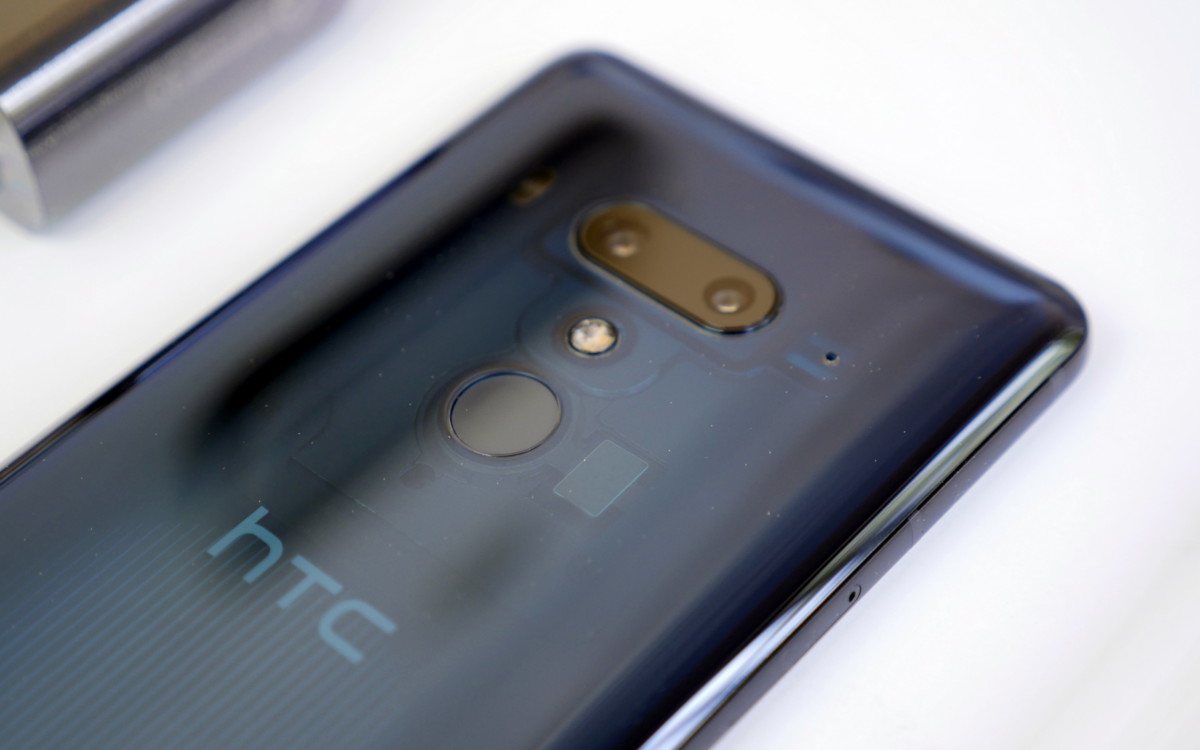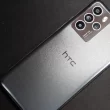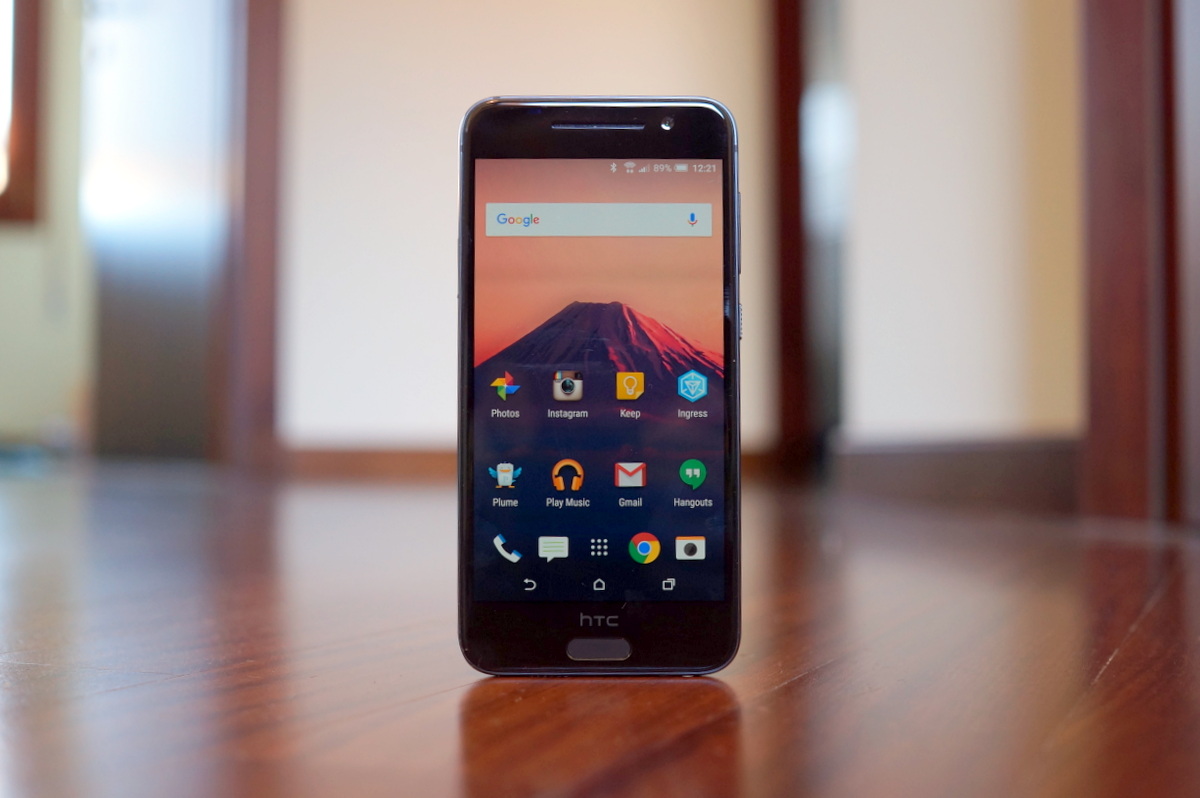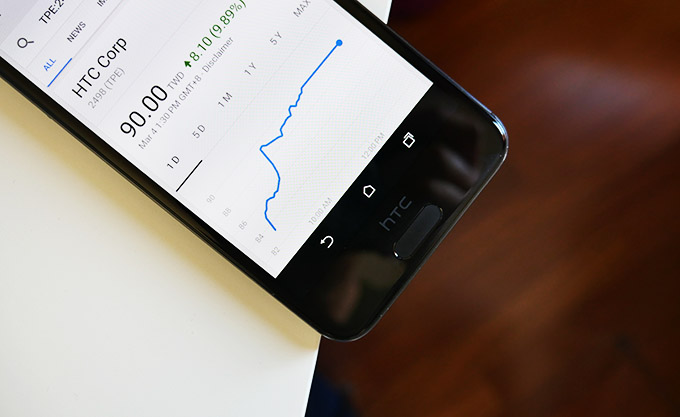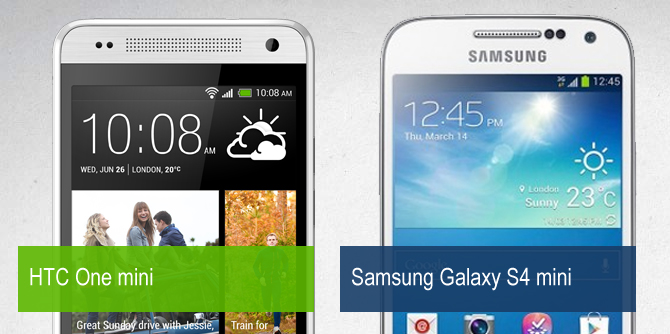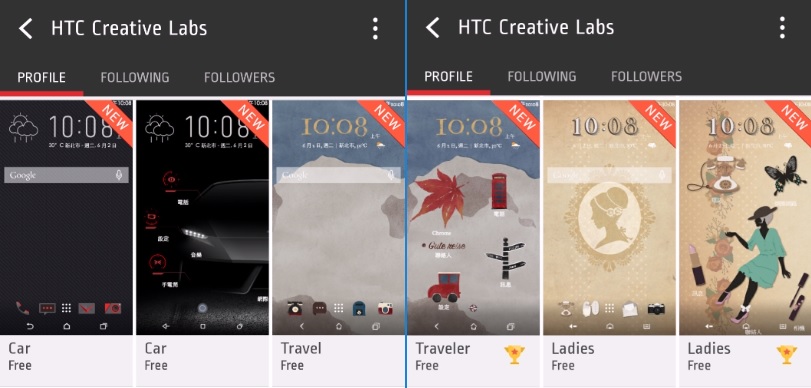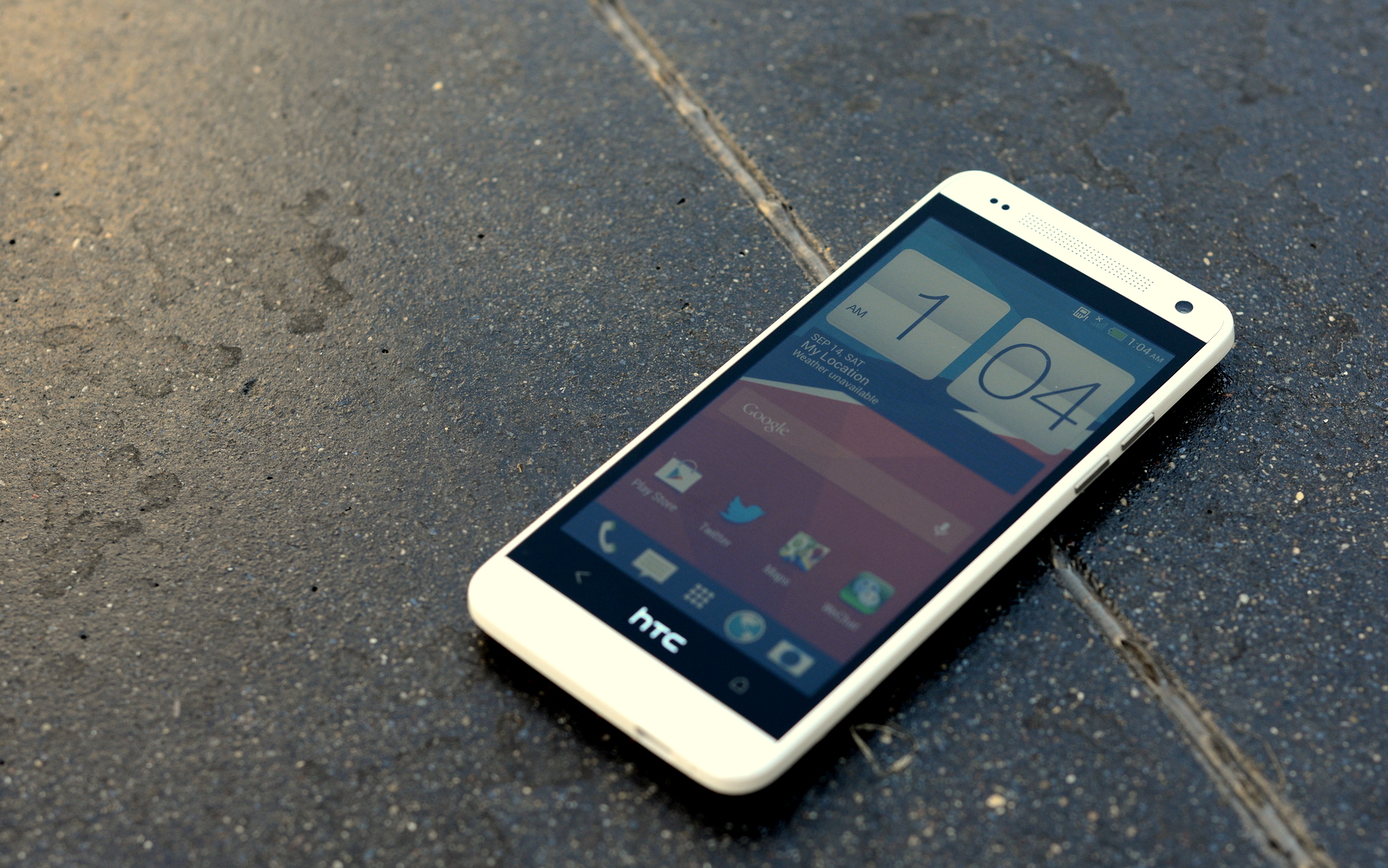High-end smartphones get all the attention these days, but HTC isn’t going to sit around and hope that its 2016 flagship smartphone is the silver bullet needed to turn the company’s fortunes around. HTC is attacking the issue on all fronts.
While Europe and North America are very important market for sales of HTC’s high-end devices, the company is planning to expand its market share in India by focusing its efforts on mid-to-low end devices. The recent launch of the HTC Desire 828 and HTC One A9 in India are the first is a wave of new devices that HTC will bring to India over the next six months.
“We will broaden our price play horizons at both ends. India is an important market for us. If HTC has to do good globally, India numbers have to be positive,” HTC President (Global Sales) Chia-Lin Chang said. “We are looking to start from about Rs 8,000. We are hoping to gain 7.5-8 percent share in this category (Rs 8,000-Rs 15,000) in the next six months. In India, 65 percent of smartphones sold are below the Rs 10,000 price point. Till now, we didn’t participate in that market… If we can capture 2 percent of the budget phones sold in India, we will have a huge growth momentum in India taking our global revenues higher,” Chang said.
India is currently one of the fastest growing markets for smartphone sales, recording sales of 28.3 million units in the third quarter of this year, a staggering 21.4 percent over Q3 of 2014. Based on the numbers, HTC is hoping to sell roughly 3 million smartphones within the Rs 8,000-15,000 price range over the next six months. It may not seem like much, but it’s a 75% increase over HTC’s current 4.5% market share within the segment.
The profit margin on mid-to-low end smartphones doesn’t seem like it would add much to HTC’s bottom line, but the increased production volume helps stabilize HTC’s manufacturing operating and spread out the fixed costs involved in running a global company. That being said, HTC will still need a kill flagship smartphone in 2016 if it wants to speed things up on the road to recovery.
Source: First Post




